Chablis occupied around 500 ha in the 1960s; now it has grown more than tenfold, to 5,600 ha. That’s 23 per cent of all Burgundy’s vineyards. Its unique variety is Chardonnay; its best climats are nuanced into a suite of Premiers Cru and Grand Cru names. All very reassuring; all very ducal; all very lustrous. But … all very misleading?

Chablis is so different from the rest of Burgundy that this universal assimilation, I’m beginning to think, does it no favours. This hallmark terroir wine is best understood as a unique wine kingdom of its own. Here’s why.
Follow the rain. Chablis occupies part of the drainage basin of the Seine river, and the rain that falls on its hills will eventually reach the North Sea. Rain in the rest of Burgundy, by contrast, drains south to the Mediterranean, via the Saône and Rhône rivers. River basins furnish the chapter headings of a landscape, and by this measure, Chablis and the rest of Burgundy belong in different chapters of the French wine book.
Gauge the light. In Chablis, you’re well north of Sancerre. In Chablis, you’re closer to Troyes in Champagne than you are to Dijon, let alone Beaune, Chalon or Mâcon. Chablis’ cool phosphorescence of flavour is a reflection of that location and its geometrical, carefully dosed light. It’s a flowering of hill slopes where you can suddenly tease Chardonnay vines towards ripeness rather than plodding on with wheat or barley like all the surrounding farmers. In wine style terms, we are half way between the shock, slice and lash of a still white Coteaux Champenois and the more pliant and yielding grace of a Chassagne or a Puligny. Between – yet unaligned with either. (Historically, this was a marchland: the boundary between the dominions of the Dukes of Champagne and of Burgundy.)
Flourish your compass. If you do, you’ll find that Chablis’ vineyards face east, south, west and north – to all points of that compass. That’s utterly different to the Côte d’Or and most of the Côte Chalonnaise, where south and south-easterly aspects dominate most white-wine plantings. It’s not a single, broken slope on the western edge of a wide valley, but a watery series of cuts and gouges along the little river Serein on the edge of Morvan hill country. Chablis, like Bordeaux, has a right bank and a left bank as a consequence – and each shows a different character. The right-bank sites are a little softer, ampler and warmer; the left-bank sites are zestier, edgier and fresher. You won’t find that distinction, nor such a wide range of aspects, in other parts of Burgundy.
Dig. All the soils, stones and fossils are different here from those you’ll find elsewhere in Burgundy – though they are similar to those of Sancerre and the Aube sector of Champagne. That may be a reason why, despite the grape variety difference, good Chablis is easier to confuse with Sancerre than it is with Côte de Beaune whites.
Compare the crus and climats. As soon as you do that, you’ll realise that the terroir of Chablis functions in a very different way to that of the Côte d’Or. Forget the great mid-slope fetish of the Côte d’Or here, and the way that a glorious Grand Cru can unseam, within a couple of hundred metres, into indifferent flatland village wine; in Chablis, a single vineyard is generally an entire slope, at least until the soft Kimmeridgean marls give way to the tough white Portlandian limestone rubble up at the top.
Talk to the administrators. You may be surprised to find that Chablis has only four appellations: another stark contrast to the rest of Burgundy. Administratively, the region is regarded as a single if gigantic ‘village’ (though in fact Chablis itself is a small town and the region contains at least a dozen villages and hamlets). The Grand Cru is a single swirling swathe of vines, divided into seven principal climats. Chablis Premier Cru is a capacious suitcase full of Russian dolls, with over eighty unused or little-used lieux-dits names being folded and sealed away inside a series of ‘principal’ climats and significant sites on both sides of the Serein. Chablis, the ‘village’ wine, accounts for everything else – except for Petit Chablis, which tends to be for those cooler, stonier sites on Portlandian limestone.
The end result of ‘the Chablis difference’, for the drinker, is that there is a greater level of consistency within Chablis than elsewhere in Burgundy.
Every level of Chablis offers fine-value terroir wine, mouthwatering and unique, with a little canny buying; even Petit Chablis can be memorable in a way that its Côte d’Or equivalent, the Hautes Côtes, struggles to match. This is both the chief asset of Chablis (consistency means that the appellation acts as a robust global brand of huge international popularity) but also its greatest weakness (consistency also means that Chablis’s greatest wines never quite succeed in taking off into the stratosphere of both quality and price as the rest of Burgundy’s great white Grands Crus and Premiers Crus do).

Translated by ICY
All rights reserved by Future plc. No part of this publication may be reproduced, distributed or transmitted in any form or by any means without the prior written permission of Decanter.
Only Official Media Partners (see About us) of DecanterChina.com may republish part of the content from the site without prior permission under strict Terms & Conditions. Contact china@decanter.com to learn about how to become an Official Media Partner of DecanterChina.com.

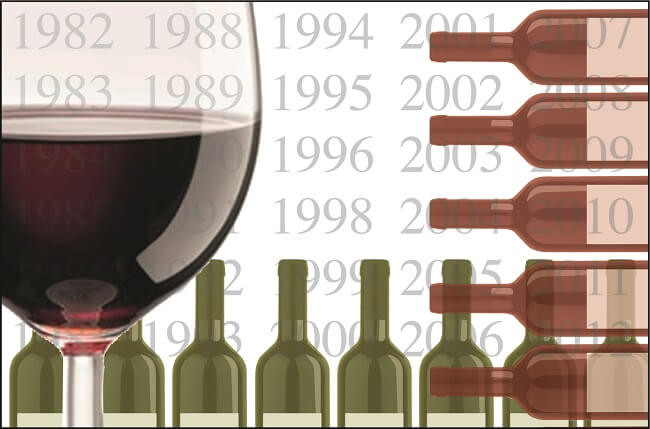

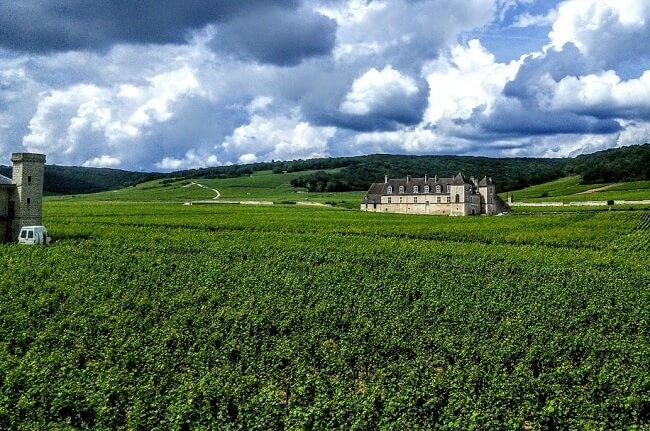
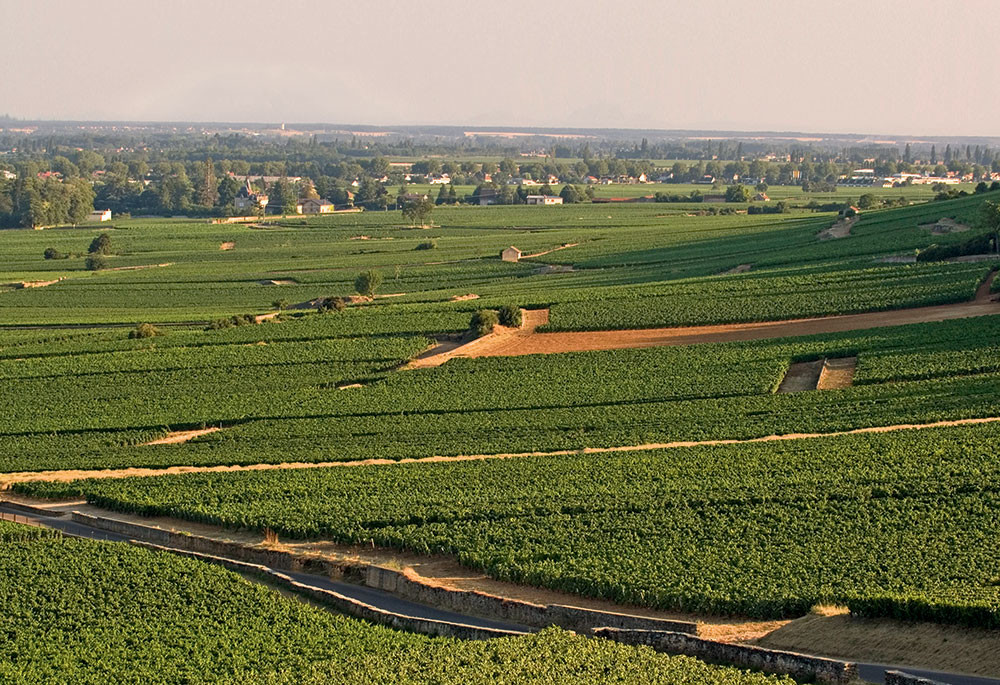
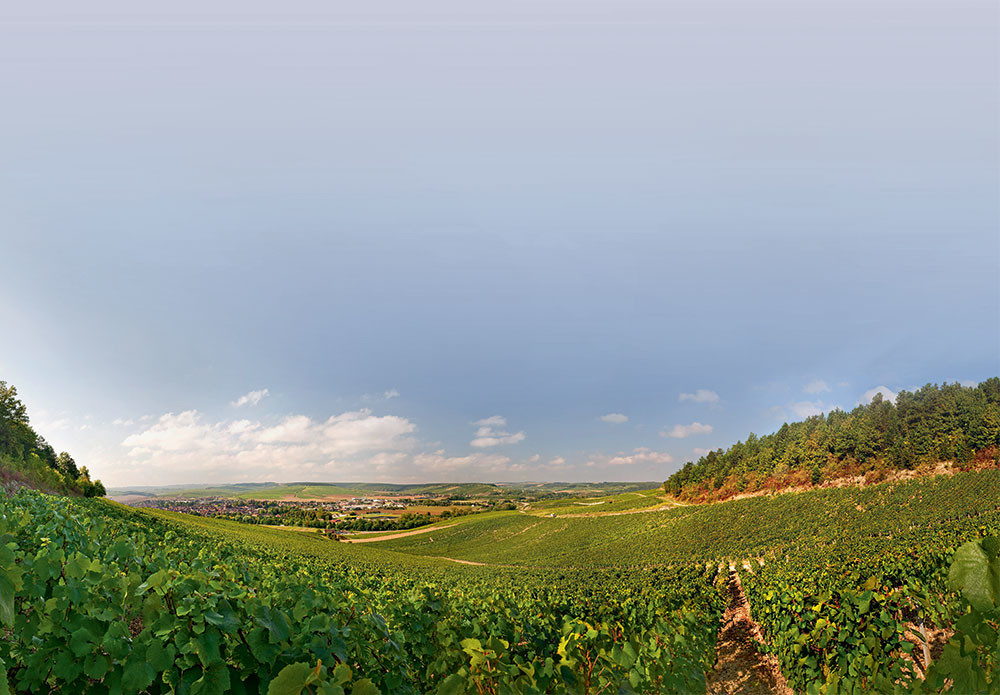


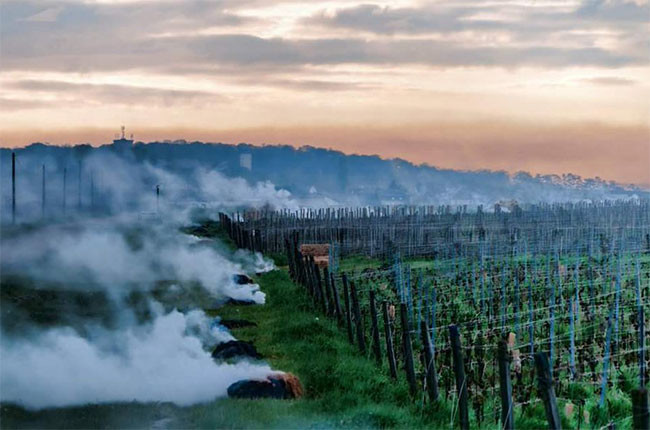
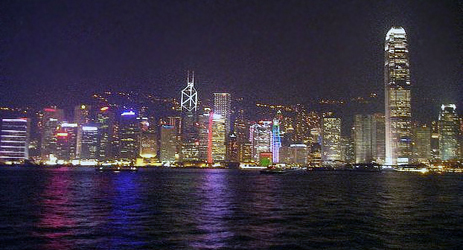
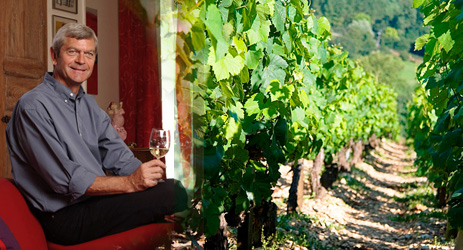
Comments
Submit